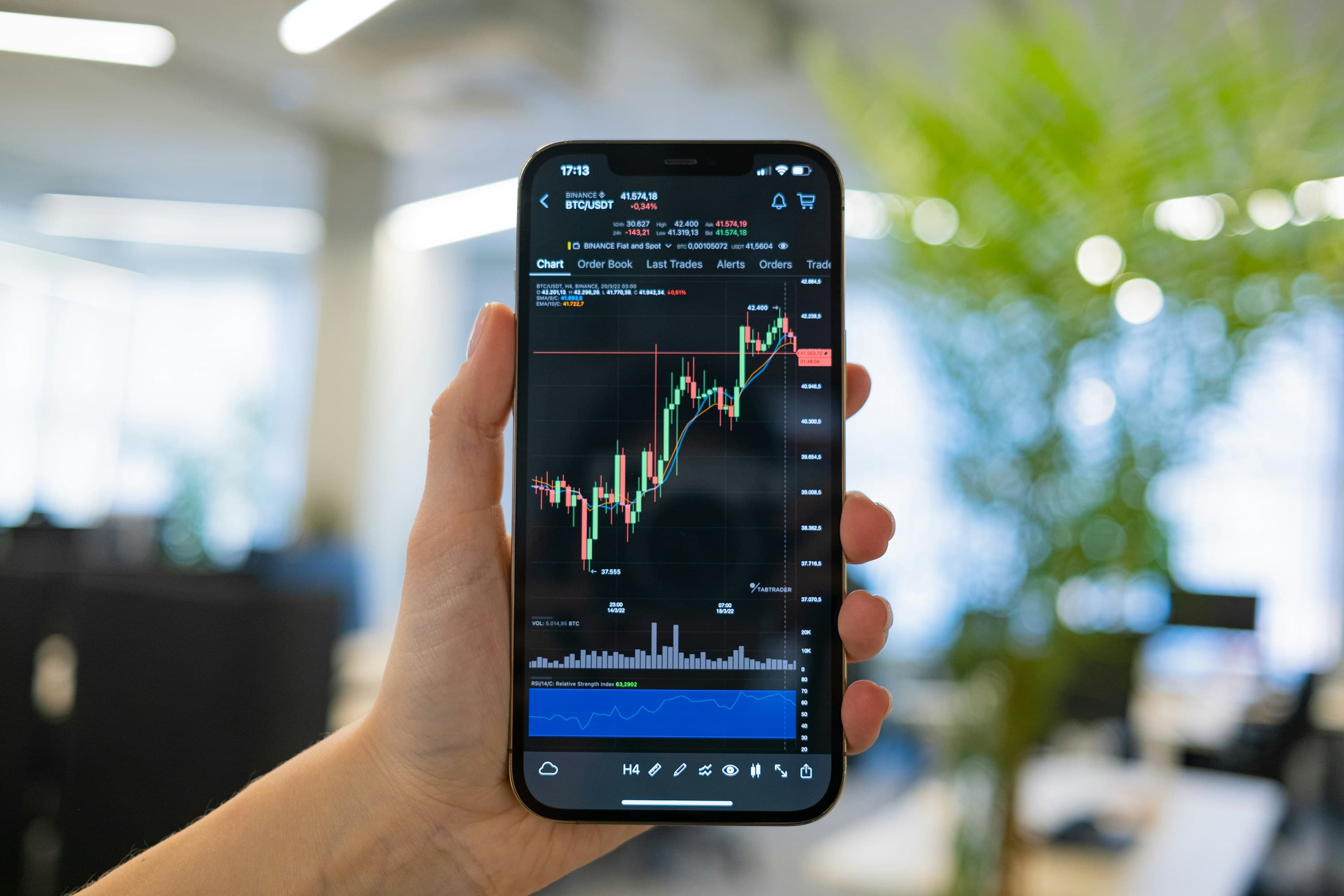When I Realized My Investing Playbook Was Broken

My early picture of Wall Street was a complete caricature. When I started my finance career twenty-five years ago, I imagined a world of testosterone-fueled cowboys and sharks, shouting into phones and waving their arms on the stock exchange floor. I couldn't have been more wrong.
I quickly learned that what really drives markets isn't chaos, but a quiet, almost monastic subculture. My first job was at Sanford C. Bernstein, a firm famous for its meticulous investment research, and the place was as silent as a library. The analysts, each dedicated to a specific sector like banks or pharmaceuticals, worked behind closed doors. They reminded me of my old college professors—deep in thought, only emerging for a quick bite to eat.
This environment taught me my first lesson about truly is. The mantras of a good investor are the same as a monk's: study, learn, and stay devoted to your discipline. It’s not about adrenaline; it’s about ignoring it. Peter Lynch, a legendary investor, often said his most valuable college course wasn't in finance, but in logic. To unwind, Warren Buffett reads philosophy and plays bridge. His partner, Charlie Munger, once noted that Buffett’s weekly calendar often has just one entry: "Haircut." He protects his thinking time that fiercely.
Coming from journalism, with its constant deadlines and drama, this measured pace was a shock. But I came to understand that in , urgency leads to bad decisions. Good investors simply show up each day aiming to deepen their understanding. You study a business and then choose one of three paths: invest, reject, or—most commonly—wait and watch. It’s a slow, incremental approach that turns you into a mapper of tides, not a gunslinger.
The Old Rules That Always Worked
This methodical process is the heart of value investing, a discipline pioneered by Ben Graham, Warren Buffett's teacher. Graham brought order to the speculative markets of the early 20th century, creating a system that allows for results based on rigor, not luck. All value investors follow a few core principles: we do our homework, we are disciplined about the price we pay, and we use a framework to avoid randomness.
At Bernstein, our framework was called "reversion to the mean"—a fancy term for the simple idea that life eventually gets back to normal. If a sector like energy was out of favor and its stocks were cheap compared to historical averages, the model predicted they would eventually rise. If manufacturing stocks were expensive, they would eventually fall.
It's a crucial concept for anyone to grasp: "expensive" in isn't about a high dollar price. A stock is only cheap or expensive to a measure of its value, like its assets or, as Buffett prefers, its profits. Our system was built on the belief summed up by investor Sir John Templeton: "The four most dangerous words in the English language are ‘this time it’s different.’" We were taught to buy historically cheap companies and sell the expensive ones, trusting that normalcy would always return.
This philosophy was fed into what we called "the black box," a sophisticated computer model that told us which stocks were on sale. We’d own companies like Exxon when energy was unpopular and Sears when retail was cheap. For decades, this strategy worked beautifully, generating massive gains and growing Bernstein into one of the world's largest money managers.
When the Playbook Suddenly Stopped Working
After my time at Bernstein, I started my own firm, building on those same principles. For a decade, I had a great track record of beating the market average. I was proud of the work and had made good money for my clients and myself. I saw no reason to ever change.
Then, around 2014, the system broke.
I vividly remember sitting at my desk on New Year's Eve that year, staring out at the Empire State Building. The market was up around 13%, but my portfolio was down 5%. That’s a massive gap. All my decisions were based on sound value-investing principles, but nothing was working.
I owned shares in Tribune Media, a collection of TV stations and newspapers that was theoretically worth more if liquidated than its stock price suggested. Yet, its shares kept falling. I also owned Avon Products, the door-to-door beauty company. A few years earlier, a private buyer had offered $23 per share for it. The company said no, the stock fell, and I bought in at $12, smelling a bargain. By the end of 2014, it was sitting at $9.
My portfolio was full of these kinds of companies. They shared two traits: they were all statistically cheap, which had always been a good thing, but they also all had their best days behind them. Avon's sales model was declining in the U.S. and Europe as business moved online. Tribune's newspapers were losing advertising revenue to digital competitors. What if these businesses weren't on sale? What if they were cheap because their futures were bleak? I was holding value traps.
A New World and a New Way of Investing
I had noticed the rise of digital companies, of course, but like most value investors, I scoffed at their high valuations. That year, Facebook paid $20 billion for WhatsApp, a messaging founded just five years earlier. That was double the value of Avon and Tribune combined, yet those two companies generated 500 times more revenue than WhatsApp. Something felt wrong. Was this another dot-com bubble, or did Facebook understand something I didn't?
The value investor in me wanted to believe "this time it's different" were still the most dangerous words. But these new tech companies weren't like the flimsy businesses of the dot-com era. They had sound business models, massive user growth, and deep moats. Could I say the same for a company that sold door-to-door cosmetics or printed newspapers? No, I could not.
Then, in 2016, something happened that mystified the investment community. Warren Buffett, the keeper of the value investing flame, bought $7 billion worth of Apple stock. This was a hardware company in a brutally competitive industry. What was he thinking?
The following spring, I went to Omaha for the annual Berkshire Hathaway meeting, hoping for answers. Buffett explained that he didn't see Apple as a tech stock. He saw a powerful consumer ecosystem, one that was incredibly permanent. As his partner Munger playfully put it, Buffett’s move showed he was either going "crazy" or "learning."
It quickly became clear he was learning. Buffett and Munger spent the day explaining that the world of had fundamentally changed. "The idea that you could create hundreds of billions of value essentially without assets…" Buffett trailed off, amazed. They admitted their biggest mistake in tech was not buying Google, whose incredibly profitable business model they understood perfectly well a decade earlier.
Buffett's conclusion was stark: "This is a different world than existed in the past, and I think it’s a world that’s likely to continue."
I left the meeting convinced, but at the cocktail parties that followed, I found my peers still chattering about the same old-economy businesses. Hadn't they heard our guru telling us it was time to look forward?
A few months later, I met with Lew Sanders, my old boss from Bernstein. He’d had his own reckoning after the 2008 financial crisis, when his "reversion to the mean" model told him to buy banking stocks that never recovered. I was shocked to see his new firm’s top holdings included Alphabet and Microsoft—stocks that looked anything but cheap by traditional standards.
I laid out my whole journey for him—my system breaking, the rise of digital, Buffett's change of heart, and my own pivot. Finally, I just asked, "Lew, what the hell is going on?"
He smiled, raised his eyes to meet mine, and said four words that I'll never forget.
"The world," he said, "has changed."








